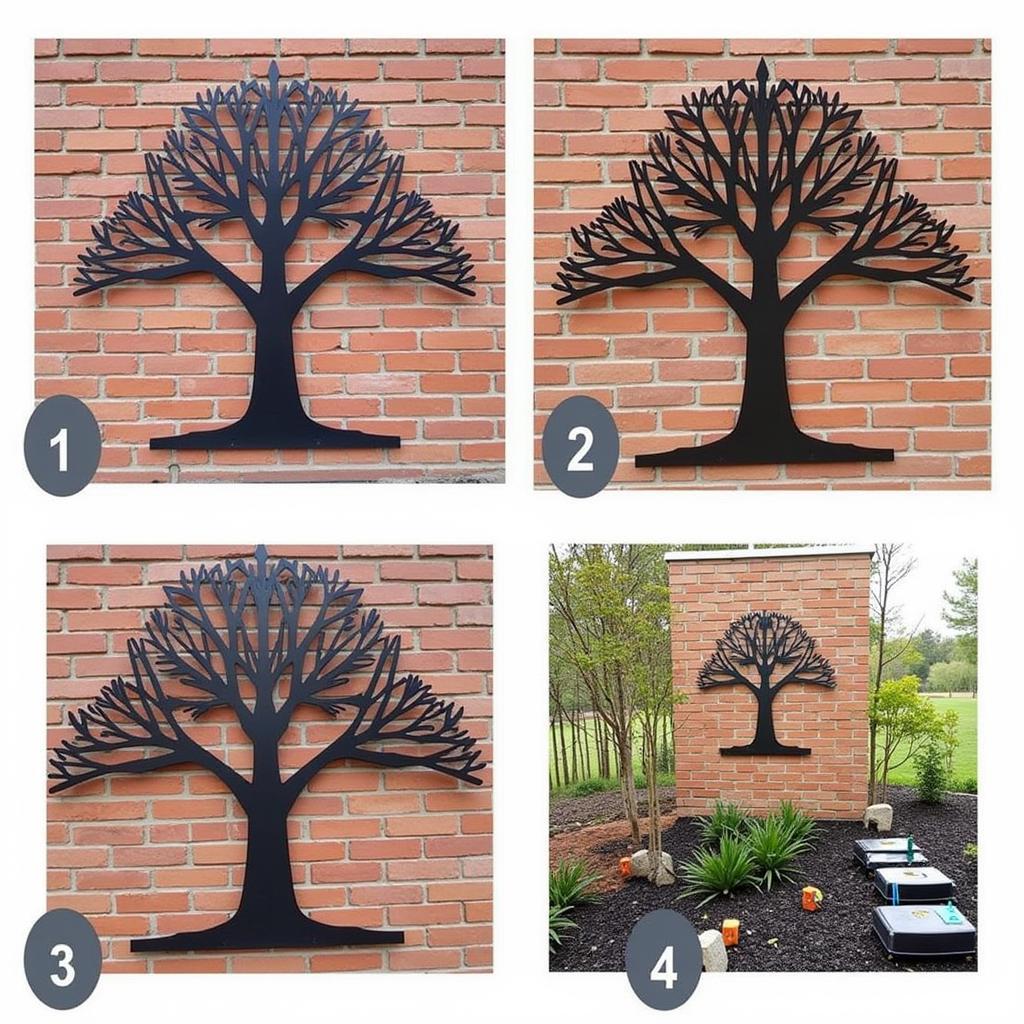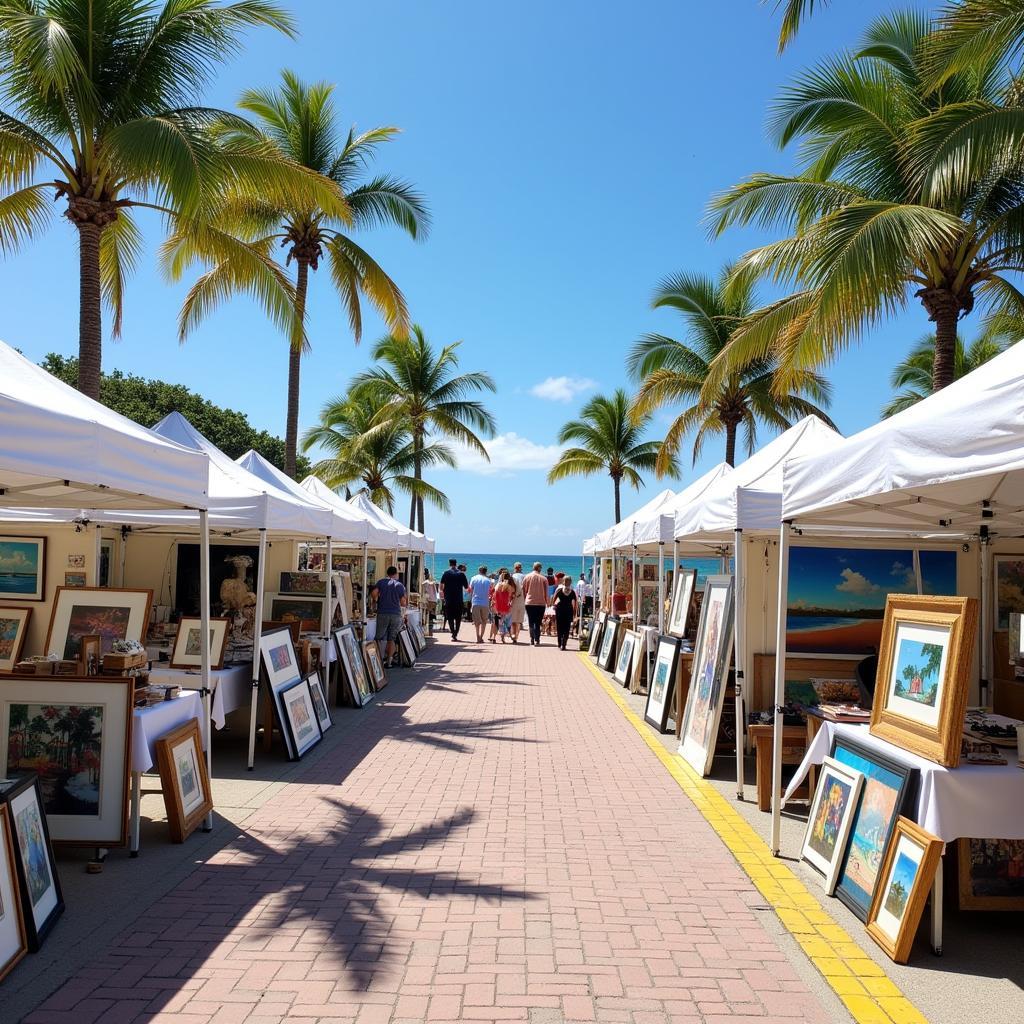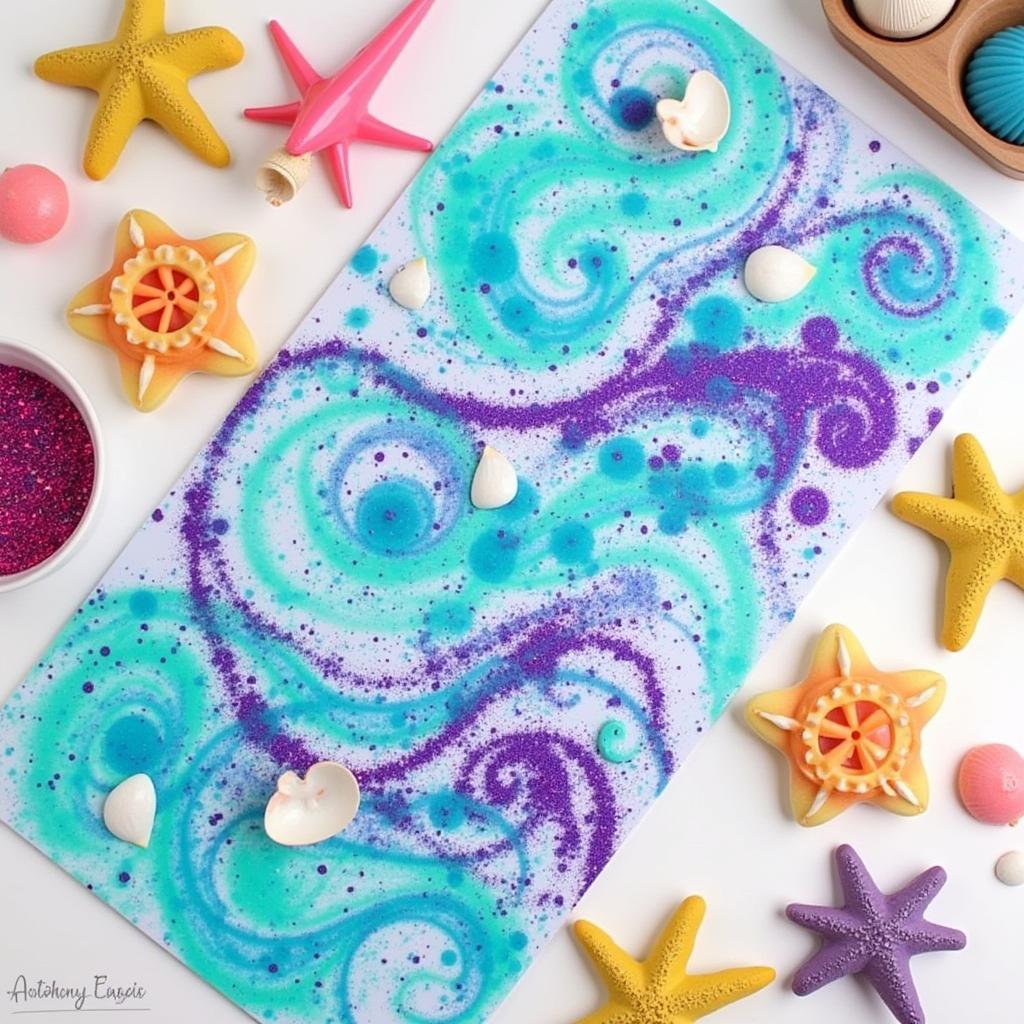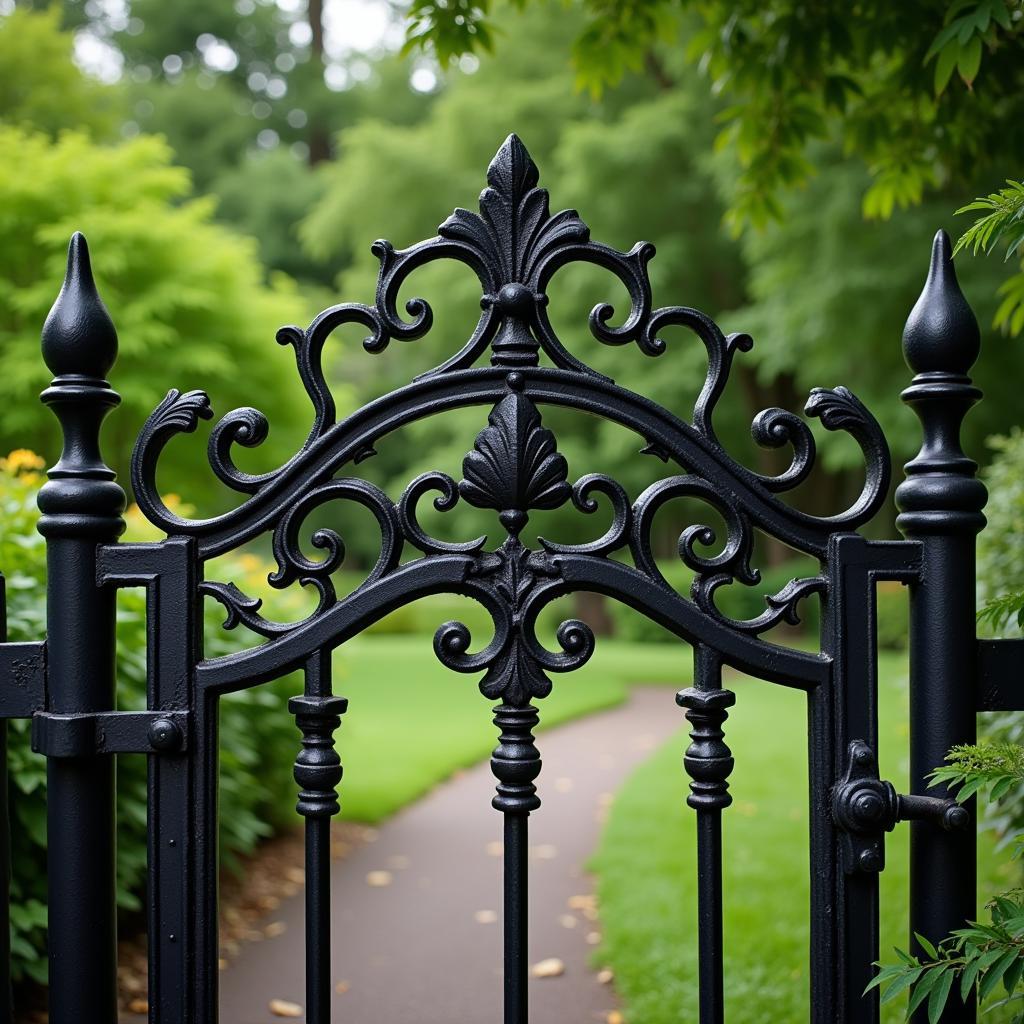Exploring the Rich Tapestry of Folk Art of Europe
Folk Art Of Europe presents a vibrant tapestry of artistic traditions passed down through generations. Unlike fine art, created primarily for aesthetic appreciation and often patronized by the elite, folk art is deeply rooted in the daily lives, beliefs, and customs of ordinary people. From intricate embroidery and wood carvings to colorful pottery and festive costumes, each region of Europe boasts unique folk art forms that offer a window into its cultural heritage and identity.
The Significance of Folk Art in European History
For centuries, European folk art served not only as a means of decoration but also as a powerful form of communication, expressing cultural identity, religious beliefs, and social values. Before the advent of mass production, folk art objects were essential to everyday life, from practical tools and household items to clothing and ceremonial artifacts. These creations were often imbued with symbolic meaning, serving as talismans, protective charms, or expressions of communal identity.
For instance, the intricate wood carvings adorning houses in Scandinavia often featured protective symbols believed to ward off evil spirits. Similarly, the vibrant costumes worn during traditional festivals in Eastern Europe were not merely decorative but served to connect communities to their ancestral roots and shared heritage.
Regional Variations and Unique Expressions
One of the most captivating aspects of European folk art is its incredible regional diversity. Geographical location, historical events, and cultural influences have shaped distinct artistic styles and traditions across the continent.
- Scandinavia: Known for its minimalist aesthetic, Scandinavian folk art often features clean lines, simple forms, and natural materials like wood and wool. Intricate wood carvings, woven tapestries with geometric patterns, and colorful painted furniture are iconic examples.
- Eastern Europe: This region bursts with vibrant colors, intricate embroidery, and a strong tradition of decorative arts. From the iconic painted eggs of Ukraine to the colorful costumes and ceramics of Hungary, Eastern European folk art is a feast for the eyes.
- Southern Europe: Influenced by its warm climate and ancient civilizations, Southern European folk art is characterized by bold colors, intricate patterns, and a love for ceramics. The colorful tiles of Portugal, the hand-painted ceramics of Italy, and the vibrant textiles of Spain are just a glimpse into this rich artistic tradition.
Folk Art: A Source of Inspiration for Modern Artists
The enduring appeal of folk art lies not only in its historical and cultural significance but also in its timeless beauty and ability to inspire. Contemporary artists continue to draw inspiration from the bold colors, intricate patterns, and symbolic imagery found in traditional folk art forms.
Folk Art in the Modern World: Preservation and Revival
While the industrial revolution led to a decline in traditional craft practices, recent decades have witnessed a renewed interest in folk art across Europe. Museums and cultural institutions play a vital role in preserving and showcasing these invaluable traditions, ensuring their transmission to future generations.
Furthermore, a growing number of artisans are reviving traditional techniques and motifs, breathing new life into ancient crafts. From contemporary fashion designers incorporating folk embroidery into their creations to ceramic artists reinterpreting traditional patterns, folk art continues to evolve and inspire.
Conclusion
The folk art of Europe offers a captivating journey through time, reflecting the diverse cultural heritage and artistic traditions of the continent. From intricate embroidery and wood carvings to colorful pottery and festive costumes, each piece tells a story of community, belief, and artistic expression. As we admire the intricate details and vibrant colors of European folk art, we connect with the lives and legacies of those who came before us, recognizing the enduring power of art to transcend time and connect generations.
FAQ
-
What is the difference between folk art and fine art? Folk art is created by untrained artists and reflects the traditions of a community, while fine art focuses on aesthetic principles and individual expression.
-
Where can I see examples of European folk art? Many museums across Europe have dedicated folk art collections. Additionally, local markets and craft fairs often showcase the work of contemporary folk artists.
-
Is folk art still practiced today? Yes, while some traditional crafts have declined, there is a growing movement to revive and preserve folk art traditions across Europe.
Need Help?
Contact us at Phone Number: 02462573573, Email: danteum@gmail.com or visit us at Savico Megamall, 7-9 Đ. Nguyễn Văn Linh, Gia Thụy, Long Biên, Hà Nội 10000, Việt Nam. Our customer service team is available 24/7.




